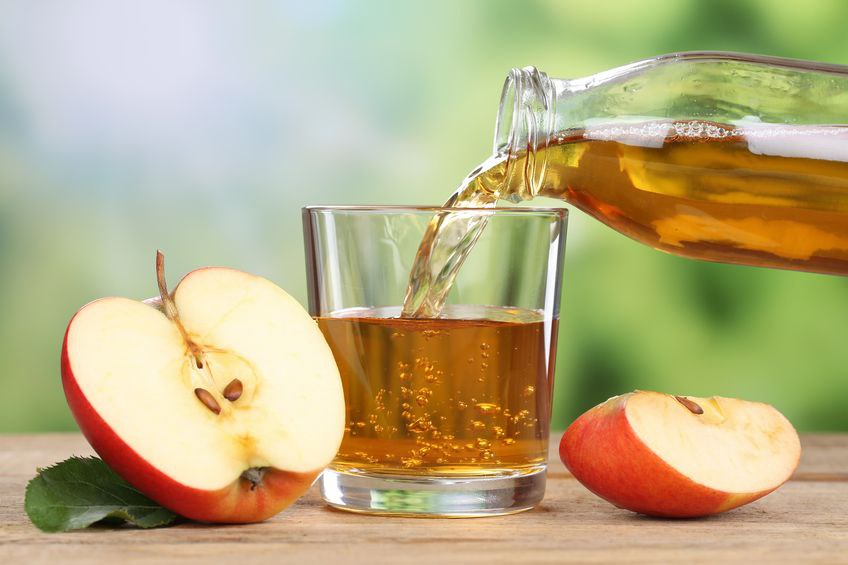Precipitated silica for clarification of fruit juice (ZEO8)
Precipitated silica is a commonly used clarifying agent in fruit juice processing for various benefits. This grade (Zeo8) is a fine, white powder that has good adsorbent properties, making it efficient in removing impurities from juices such as proteins, colloids, tannins, and color bodies.

Benefits of using precipitated silica in fruit juice clarification:
1. Enhanced clarity: Precipitated silica removes suspended particles from juices, leading to clearer and more visually appealing products. This is crucial for juices that are marketed directly to consumers, as clarity is an important factor in consumer perception of quality.
2. Improved taste and flavor: By removing impurities that can affect the taste and flavor of juices, such as proteins and tannins, precipitated silica can enhance the overall sensory profile of the beverage. This can make juices more enjoyable to drink and more competitive in the market.
3. Stabilization of fruit juices: Precipitated silica can also contribute to the stability of fruit juices, preventing haze formation and prolonging shelf life. This is particularly important for juices that are pasteurized or subjected to high-temperature processing, as these treatments can destabilize juices and lead to haze formation.
Mechanism of action of precipitated silica in fruit juice clarification:
Precipitated silica works by adsorbing impurities onto its surface. The hydrophilic nature of the silica particles attracts polar impurities, such as proteins, colloids, and tannins, while its porous structure provides a large surface area for these impurities to adhere to. Once adsorbed, the impurities are removed from the juice when the precipitated silica is filtered out.
Types of precipitated silica used in fruit juice clarification:
There are different types of precipitated silica available, each with varying properties and applications. Some common types used in fruit juice clarification include:
1. Amorphous silica: This is the most common type of precipitated silica used in juice clarification. It is a fine, white powder with good adsorbent properties and is relatively economical.
2. Colloidal silica: This is a type of precipitated silica that has been dispersed into tiny particles, giving it a colloidal suspension. Colloidal silica is more stable than amorphous silica and can provide a longer shelf life for clarified juices.
3. Organofunctional silica: This type of precipitated silica has been modified with organic groups that can enhance its adsorption properties and provide specific benefits, such as better stability or improved flavor.
Process of using precipitated silica in fruit juice clarification:
The process of using precipitated silica in fruit juice clarification typically involves the following steps:
1. Juice pretreatment: The juice is pre-treated to remove any suspended solids or other particles that could interfere with the clarification process. This may involve filtration, centrifugation, or blending.
2. Silica addition: The appropriate amount of precipitated silica is added to the juice based on the juice type, clarity desired, and processing conditions.
3. Mixing and settling: The juice and silica are mixed well to ensure even distribution of the silica particles. The mixture is then allowed to settle for a period of time, allowing the impurities to coagulate and form larger particles that settle out.
4. Filtration: The clarified juice is filtered through a filter to remove the settled impurities and silica particles.
5. Post-treatment: The clarified juice may undergo additional processing steps, such as pasteurization or bottling, depending on the final product requirements.
In summary, precipitated silica is a versatile and effective clarifying agent that plays a crucial role in enhancing the clarity, taste, and stability of fruit juices. Its ability to remove impurities, improve flavor stability, and prolong shelf life makes it a valuable additive in the fruit juice processing industry.
Precipitated silica and fumed silica are two different types of silica with distinct properties and manufacturing processes.
Energy Requirement:
Precipitated Silica: The manufacturing process for precipitated silica involves mixing chemicals, precipitation, filtration, washing, drying, and milling. This process requires less energy compared to the production of fumed silica.
Fumed Silica:
The production of fumed silica involves high-temperature reactions in a flame reactor using silicon compounds. This process requires significant energy input due to the need for high temperatures.In summary, precipitated silica has larger particle sizes, lower surface area, and requires less energy during its manufacturing process compared to fumed silica. On the other hand, fumed silica has smaller particle sizes, higher surface area, and requires more energy for its production.
Manufacturing Process:
Precipitated Silica: It is produced by adding a mineral acid to a solution of sodium silicate, resulting in the precipitation of amorphous silica particles.
Fumed Silica: It is manufactured by burning silicon tetrachloride or silicon compounds in a flame of hydrogen and oxygen, leading to the formation of fine, nanoscale particles of amorphous silica.